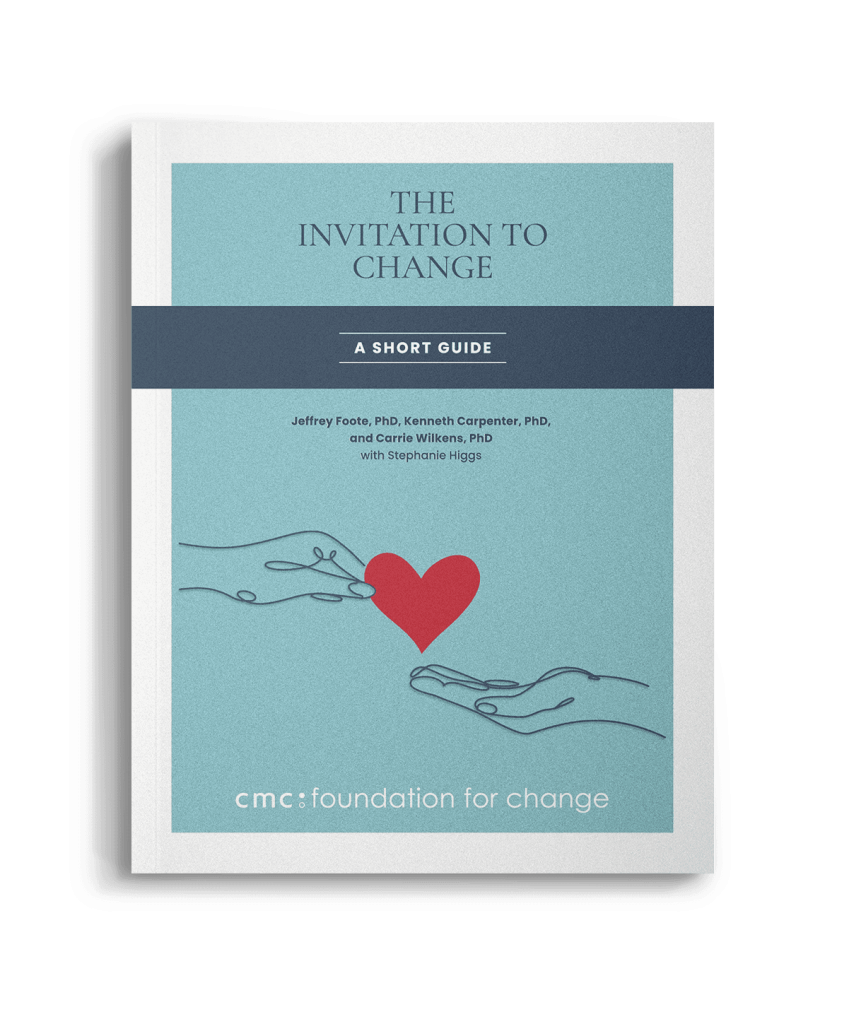Good communication starts with this overarching goal: to stay connected and keep moving forward. You have, no doubt, already tried to talk to your child (or shout at, plead with, etc.) about changing her behavior. We’d guess you have started many a conversation with great intentions only to see her go off course and become unproductive or downright destructive.
Imagine if there were traffic signals in conversation to tell you when to stop or go; to help you get safely to your destination. Actually, if you know what to look for, there are:
The light is green when your child is positively engaged with you, willing to listen and respond constructively, and maybe, though not necessarily, talking about change.
The light is red when your child is destructively engaged with you (yelling, cursing, going silent), not listening, and probably moving away from the idea of change.
For example, when she is defending her use of substances.
That may sound obvious, but when you pay attention to these lights and respond accordingly, you are much more likely to get somewhere and avoid harm along the way. Here are some examples:
You: “I’d like to talk to you about not drinking at the party tonight.”
Your child:
|
Green Lights |
Red Lights |
|
|
Red lights are frustrating, especially when you’re in a rush to see change. You may be tempted to “gun it” and try to force your way through. But you know from experience that ignoring red lights is dangerous: people end up fighting, saying things they regret, feeling worse instead of better, and no closer to positive change—in fact, often further from it.
Paying attention to the lights will help you stay oriented to the goal of communication: you want it to go forward. You don’t want to crash.
What follows are strategies and approaches to communicating that will allow for more green lights than red, as well as ways to notice those red lights, so you can stop and try again.
Next Page: Practice, Practice, Practice!


